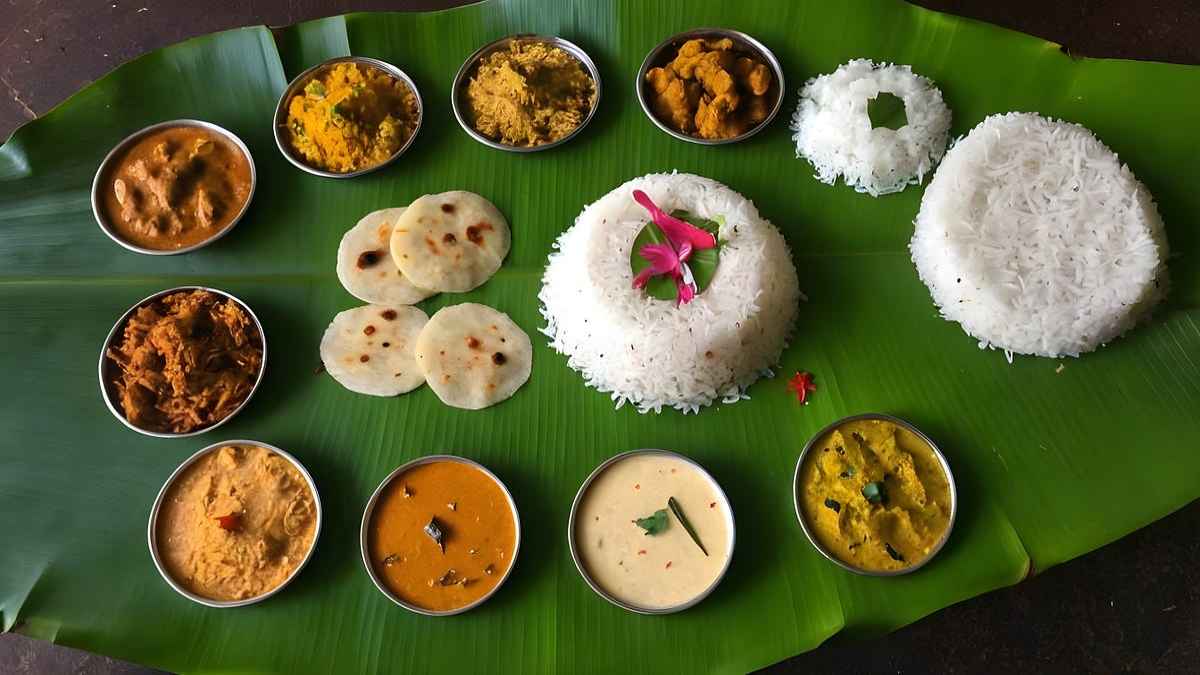Banana leaves, known for being large, strong, and flexible, have been a key part of many traditional dishes and cooking methods, especially in southern India.
Krish Ashok explains in his latest video the “science” of using banana leaves. He says, “Banana leaves have aromatic and healthy polyphenols that you don’t get much of if you just eat food on them. To get these benefits, you need to steam food inside the leaf.”
Dr. Monal Velangi, a senior dietitian at K J Somaiya Medical College, Hospital, and Research Centre, explains, “Banana leaves have a strong earthy taste and a slightly waxy surface, which makes them less enjoyable to eat raw. They contain a lot of fiber (about 72%), and when you break the leaf, it forms long, tough strips that are hard to chew.”
She says that the human body lacks cellulase, so it can’t digest banana leaves well. Eating too much raw fiber can upset the stomach. However, cows produce cellulase and can digest these leaves easily. While banana leaves are not edible raw, they have great properties that can be used when cooking.
Banana leaves, which come from the its tree, are large and have a waxy coating that makes them easy to clean and water-resistant. This makes them perfect for cooking foods like steamed modaks, momos, and fish. Dr. Velangi notes that this cooking method is popular in Goan and Parsi cuisine in India, and even Chinese cuisine uses banana leaves for steaming meat dishes.
In South India, the large, flexible banana leaves are great for serving food at home and in restaurants. However, it’s important to clean the leaves well and choose fresh ones.
Dr. Velangi says that when steaming food with these leaves, their juices add a special flavor thanks to their sweet, earthy aroma and subtle taste. The extracts from the leaves also mix into the food.
Also Read: What Happens When You Go Sugar-Free for 14 Days? Health Experts Reveal Unbelievable Changes













